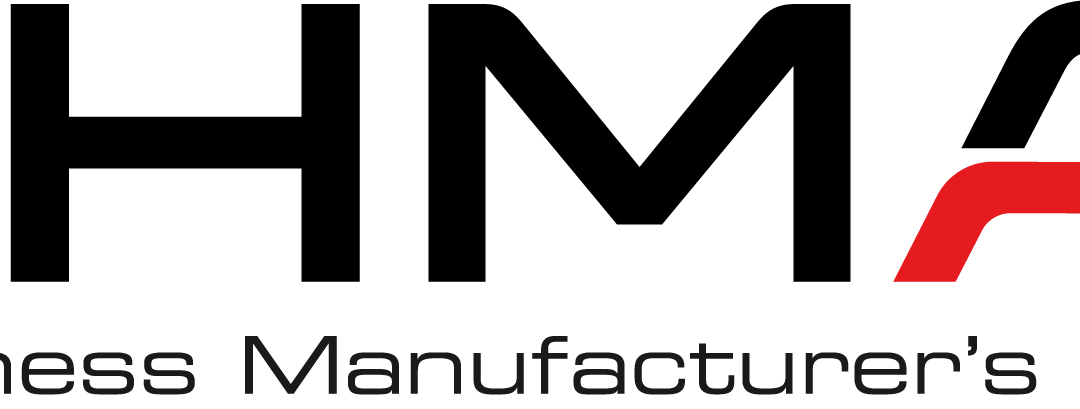On August 12, 2020, Director of National Intelligence John Ratcliffe issued a memorandum to the Department of Defense (DOD) that waives the applicability of Section 889 of the National Defense Authorization Act for Fiscal Year 2019 as applied to DOD. Section 889 prohibits agencies from procuring telecommunications equipment and services from Huawei Technologies Company, Hangzhou Hikvision Digital Technology Company, Hytera Communications Company, Dahua Technology Company, and ZTE Corporation (and associated subsidiaries or affiliates). DOD originally released a memorandum on July 23, 2020, to begin implementing Section 889, which was set to take effect on August 13, 2020, by law, but Director Ratcliffe’s memorandum delays its implementation. (Part A is currently active.) His waiver allows DOD contractors to continue using banned Chinese telecommunications equipment until September 30, 2020, Part B.
Section 889 has two parts:
Part A (buy ban)
- Prohibits government from procuring or entering contracts to directly acquire systems using covered telecommunications equipment or services as a “substantial or essential component,” or critical technology.
Part B (use ban)
- Prohibits government from procuring from or entering contracts with entities that use covered telecommunications equipment or services as a substantial or essential component, or critical technology, of any system for any purpose
There are potential consequences of noncompliance (up to $23,000). All contractors, including small businesses, must pay closer attention to their own operations and supply chains to make sure that they are not using, or that they can swiftly remove, all “covered telecommunications equipment” within their operations. There is an exception for some telecom equipment “that cannot route or redirect user data traffic or [cannot] permit visibility into any user data or packets that such equipment transmits or otherwise handles.”
At a minimum, discussions between contractors and their subcontractors and suppliers will need to go into detail to verify that the prohibited equipment is not somewhere in the contractor’s supply chain. Contractors should also make certain that they thoroughly document the steps taken and any information acquired from their subcontractors and suppliers so that, if questioned, the “reasonableness” of the inquiry can be promptly demonstrated to follow the “Reasonable Inquiry” rule.
The bottom line for federal contractors regarding Section 889 compliance may simply mean continuous monitoring and documenting of supply chains but it will only need to be reported annually instead of per contract.
This article can be found on Wiring Harness News.
Written by: Christine Siebert, WHMA Marketing and Communication

